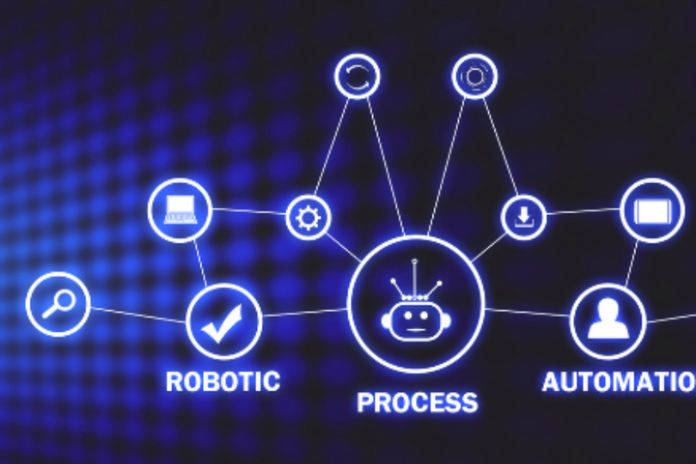RPA Has A Highly Positive Impact On The Business And Is An Inherent Path To Digital Transformation. The RPA is responsible for aligning or integrating software and hardware, promoting the accomplishment of tasks autonomously or automatically.
This automation is not simple and contains concepts of artificial intelligence and robotics for better construction of a favorable environment for the application.
In addition to automation, it is essential in digital transformation, regardless of the segment in which the company plans to apply Robotic Process Automation. Employees no longer need to perform monotonous and repetitive tasks, leaving it to artificial intelligence to develop more efficient execution methods for the business. Want to know more about RPA and its importance in digital transformation? Keep following our publication!
What Is RPA?
RPA is defined by IRPA AI (Institute for Robotic Process Automation and Artificial Intelligence) as a technology application that allows the configuration, capture, and interpretation of software tools to process transactions, manipulate data, obtain answers, and communicate with other digital systems.
This concept goes against what is expected from digital transformation, where an RPA application can operate directly in the execution of repetitive tasks and still learn the best way to perform them, freeing human potential for more complex tasks. A good example is some forms that can be received, processed, archived, and registered, in addition to reporting receipts autonomously and quickly.
It is essential to highlight the difference between an RPA and simple process automation. In RPA, in addition to the application performing the task autonomously, it can also learn as it progresses in the execution and use Artificial Intelligence concepts to manipulate data and to learn to achieve the best levels of efficiency and productivity.
Advantages And Benefits Of An RPA
Right off the bat, a suitable RPA can act directly to reduce costs and human errors in repetitive processes through automation and standardization of this type of execution. But changing a legacy and consolidated system in large companies may be challenging, mainly due to the risk involved and the complexity of the implementation that end up postponing the change.
Another critical point of applying an RPA in a scenario of a legacy system in a large company is the well-known “patchwork.” For a technique developed in the 2000s, software technology is not the same as current technology – and during this time, new technologies were being integrated into the initial system, creating an actual patchwork quilt and harming productivity in general. And RPA arrives precisely to replace these complex systems and automate the manual tasks that arise due to the lack of communication between these systems.
Another benefit of an RPA is cheaper development since it does not require changes or adaptations between these systems. Reducing the time between activities and scalability are essential benefits of using an RPA solution.
RPA And Digital Transformation
According to the Gartner Magic Quadrant recently released to the public, an essential point of RPA is the growth of the robotic process automation market as adoption rates also grow. A culture of digital transformation directly impacts this growth, as it helps in the adoption of innovation and technology tools, in addition to bringing benefits to the corporate environment.
The market is benefiting from the application of RPA in processes, and according to Ui Path, one of the market leaders according to the Gartner quadrant, the trends are real and present great opportunities for gain. The co-founder and CEO of Ui Path point out that companies recognize investment in robotic process automation to support workforces and accelerate the digital transformation of their entire business, freeing up their employees to perform more impactful jobs for the company.
The RPA Tools
An RPA can be applied through tools, and the main ones can be programmable robots, machine learning solutions, and cognitive automation.
- A programmable robot is considered the simplest and will work according to a set of rules;
- A machine learning solution takes the previous idea a step further, using historical and current data to monitor employee activities to learn while gaining a certain level of confidence;
- A cognitive automation solution is considered a third level where an RPA application deals with structured and unstructured data to learn similarly to humans.
Also Read: Humanization And Technology Can Be Used As Solid Allies!












